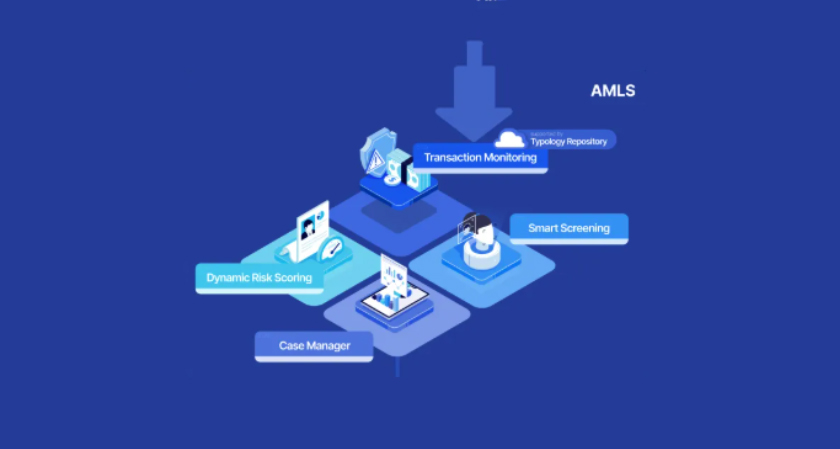Home Industry Anti Money Laundering Malaysia Banks Face Stronger A...
Malaysia Banks Face Stronger AML Rules during Rising Financial Crime Risks
Anti Money Laundering

Business Fortune
21 November, 2025
AI is transforming financial crime control in Malaysia by combining data and reducing heavy manual compliance tasks.
Malaysia's financial institutions are about to enter a major phase as regulators concentrate more on anti-money laundering (AML) regulations and financial crime threats become more involved. AI is becoming an important tool for improving risk detection and fraud prevention, and banks are increasingly expected to implement technology-led compliance capabilities.
Anti-Money Laundering, Anti-Terrorism Financing & Proceeds of Illegal Activities Act 2025 outlines the country's AML landscape. First introduction in 2001, the AMLA has been revised over the years to compel much deeper customer due diligence, greater clarity on beneficial ownership disclosure, and enhanced sanctions monitoring obligations.
The Financial Action Task Force (FATF) is now conducting its 5th mutual evaluation of Malaysia, which will end in late 2025. The latest report publicized weaknesses in cross-border financial intelligence and terrorism financing action although it highlighted a strong monitoring base. These areas are expected to receive a lot of attention in the future evaluation which will encourage banks to improve governance, data transparency, and monitoring capability.
Outdated systems and fragmented data continue to be major barriers for many institutions. Legacy platforms limit proactive crime prevention and raise compliance costs since they generate large numbers of false positives and require intensive manual review. Transformation has become essential as criminal networks take advantage of FinTech ecosystems and digital networks.
AI-powered AML technologies offer a solution, allowing banks to automate CDD and enhanced due diligence (EDD), bolster sanctions and politically exposed person (PEP) screening, and track transactions in real time. Solutions like SymphonyAI's Sensa Risk Intelligence show how AI-native frameworks may alter risk recognition and regulatory response. These solutions can help companies transition to a more robust and futuristic financial system by centralizing risk data and automating up to 50% of compliance tasks.


































